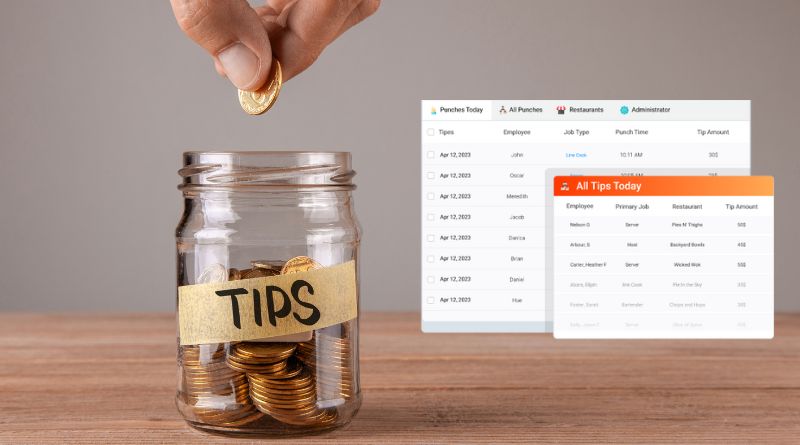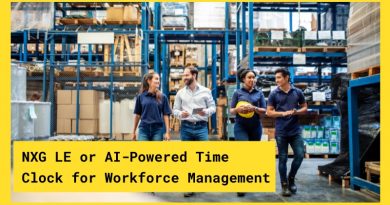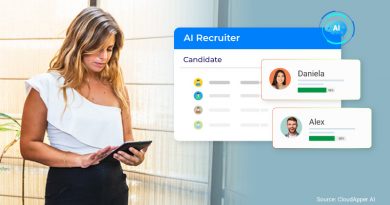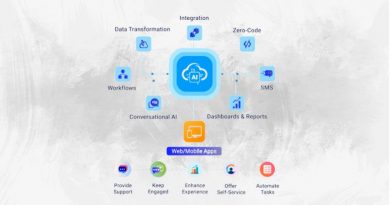Lessons from Dallas: Using AI to Simplify Wage and Tips Management
AI simplifies workforce management by automating tip tracking, wage calculations, and overtime management, ensuring compliance and accuracy. CloudApper AI streamlines processes, reduces errors, and integrates with payroll systems, helping businesses avoid legal risks while fostering trust and operational efficiency.
Recent investigations by federal authorities into Peak Inn and Adair’s Saloon in Dallas revealed violations involving illegal tip-sharing practices and wage discrepancies. According to the U.S. Department of Labor, the establishments required bartenders to share tips with non-tipped employees, such as cooks, violating federal regulations. The investigation also uncovered that cooks were not paid the federal minimum wage and were denied overtime pay when working more than 40 hours a week. Some employees performing both bartending and cooking duties had their hours improperly tracked across roles, leading to underpayment. These findings highlight the increasing complexity of labor compliance, especially as regulations evolve.
The case illustrates the importance of businesses maintaining precise workforce management processes to avoid financial penalties and reputational damage. Tracking tips accurately, calculating overtime, and ensuring that all employees are paid fairly are crucial. However, managing these tasks manually or with outdated systems can be prone to error and oversight. This is where modern technologies, such as artificial intelligence (AI), can make a meaningful difference.
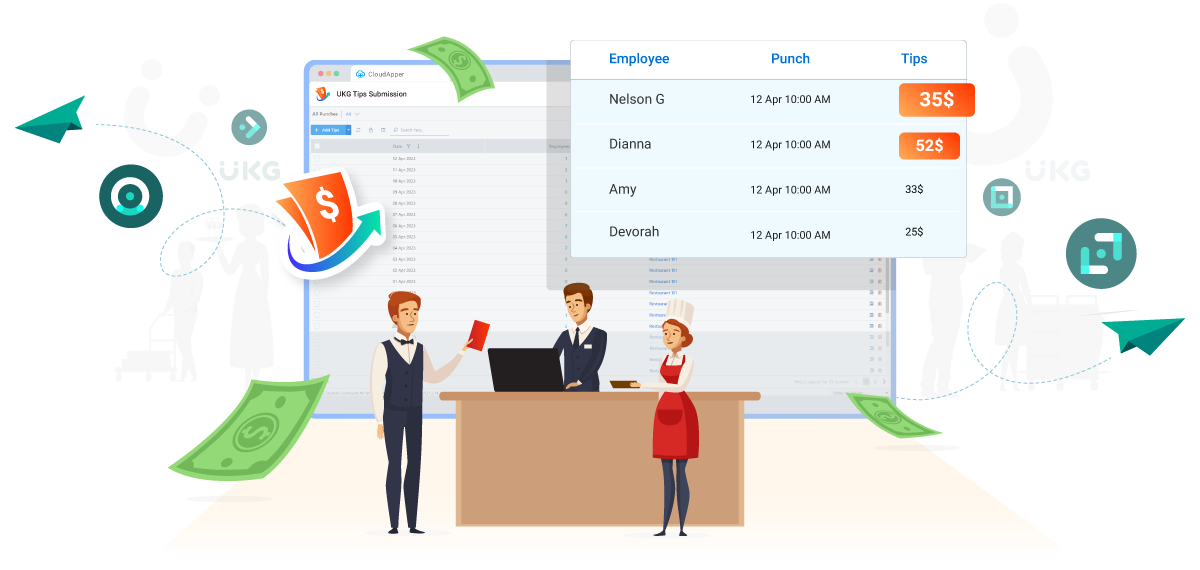
Use of AI in workforce management can help businesses simplify tasks that were once complicated and time-consuming. Automating calculations for tips, wages, and overtime ensures greater accuracy while reducing the administrative burden on HR teams. Many organizations are already leveraging AI to streamline processes like time tracking and payroll. However, others struggle with AI adoption, either due to limited resources or concerns about how disruptive the implementation might be to their operations.
Platforms like the CloudApper AI platform aim to bridge this resource gap by making AI accessible to organizations of all sizes. Through its AI TimeClock solution, for example, businesses can automate the tracking of work hours and tips. Employees can log their tips directly within the system, with managers having the ability to approve them quickly and transparently. Automating these processes helps reduce the likelihood of compliance violations and fosters trust between employers and employees.
CloudApper AI TimeClock also addresses another common challenge—calculating hours across multiple roles to ensure correct overtime calculations. This is especially useful for businesses with employees working varied shifts or across different functions and different pay codes, as it eliminates the risk of underpaying workers due to incomplete hour tracking. Additionally, by integrating seamlessly with major HR and payroll systems, such solutions help businesses stay compliant with labor regulations without adding extra administrative burdens.
The recent violations by Peak Inn and Adair’s Saloon serve as a reminder of the risks companies face when workforce management processes are not properly aligned with legal requirements. While many businesses are beginning to adopt AI-driven tools to enhance efficiency and compliance, others lag—often because of concerns over technical complexity. However, the reality is that AI adoption is becoming essential as companies strive to remain competitive and compliant in an evolving regulatory landscape.
Investing in workforce automation tools can not only help businesses avoid costly mistakes but also free up time for HR teams to focus on more strategic initiatives. AI offers practical solutions that reduce the need for manual intervention, ensuring transparency and fairness in employee compensation. As businesses look for ways to operate more efficiently and responsibly, leveraging AI will play an increasingly crucial role in building sustainable, compliant, and productive workplaces.

